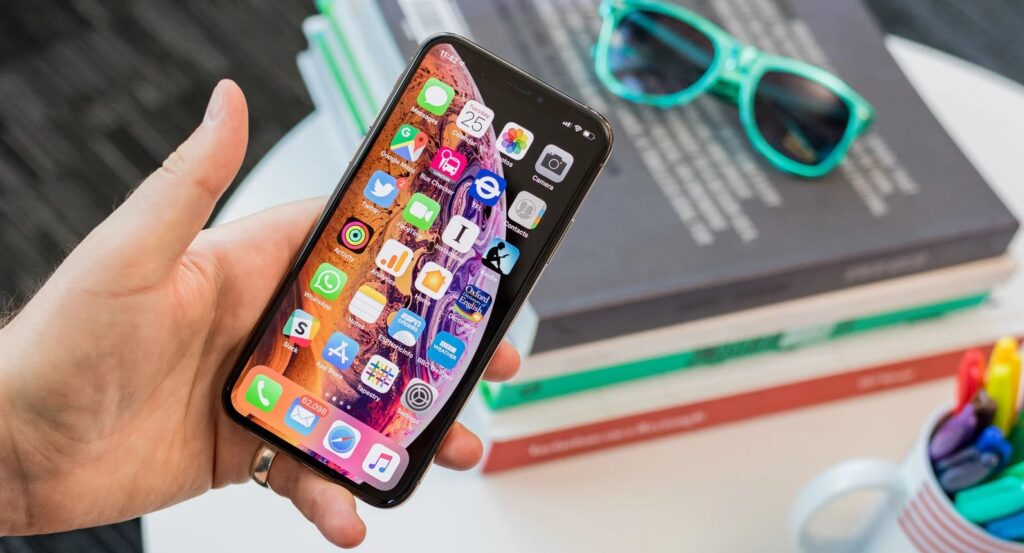When you Factory Reset your iPhone, all of your data and settings are erased, and your iPhone is returned to its factory default state. In this guide, you’ll learn step-by-step instructions on how to Factory Reset your iPhone.
Factory Reset iPhone
If you are selling your phone, giving it away, taking it in for repairs, or if your device is giving you unfixable problems, you may wish to Reset iPhone to its factory default settings.
Factory Reset ensures that all of your data, images, messages, accounts, and passwords delete from the device if you are selling or giving away your phone.
Suppose your iPhone has gotten glitchy and is plaguing you with unresolvable issues. In that case, you can Reset iPhone to Factory Defaults and Set it up as New iPhone or restore it using a solid backup.
So, let’s get started with the methods to Reset iPhone to Factory Defaults using Settings, Mac, and iTunes on a Windows PC. Please keep in mind that you must first disable Find My iPhone to Reset iPhone on a Mac or Windows computer.
1. Factory Reset iPhone Using Settings
The Settings App on your iPhone is probably the most straightforward approach to Reset iPhone to Factory Default Settings.
1. Navigate to Settings > General > scroll down and tap Reset.
2. On the following page, select Erase All Content and Settings.
3. On the confirmation pop-up, hit Erase Now unless you want to backup your device first and then erase it.
4. When the Reset process is complete, your iPhone will boot up to the “Hello” or Welcome Screen.
5. To set up your iPhone, follow the onscreen steps until you reach the “Apps & Data” screen.
On this screen, you have the option to Set Up as New iPhone (ideal for selling or giving away an iPhone) or Restore iPhone from Backup (Mac or Windows computer).
2. Factory Reset iPhone on Mac
If you have a stable backup of your iPhone on your computer, you can Reset to its factory default settings and Restore iPhone from the backup file.
1. Connect the iPhone to the computer’s USB port using the Lightning to USB connector that came with it.
2. Enter your Lock Screen Passcode to unlock the iPhone.
3. Next, on your Mac, click on the Finder Icon in the bottom menu bar.
4. In the left pane of the Finder screen, select your iPhone. Click the Restore iPhone button in the right pane, situated under the “Software” section.
5. To confirm, click the Restore option on the confirmation pop-up.
6. Be patient while your phone is Restored to Factory Default Settings.
7. Once your iPhone has been restored, hit OK and wait for it to show in the Finder sidebar.
8. After restoring your iPhone to factory default settings, it will restart with the “Hello” screen.
9. Follow the on-screen directions to configure your iPhone until you reach the “Apps & Data” menu.
You’ll see the options to Set Up as New iPhone, Restore from iCloud Backup, and Restore from iTunes Backup on this screen. You are free to choose any solution that best meets your needs.
After you’ve configured your gadget, it should be rid of any problems preventing it from functioning regularly.
3. Factory Reset iPhone on Windows Computer
If you have a Windows computer, you can use iTunes to Reset iPhone to Factory Default Settings.
1. Launch iTunes on your Windows or Mac computer.
2. Connect your iPhone to the computer using the Lightning to USB cable that came with it.
3. In iTunes, click on the phone symbol that shows on your computer’s screen.
4. Next, in the left pane, select the Summary tab. Click the Restore iPhone button in the right-pane.
5. On the next pop-up, choose either Back-Up or Don’t Back Up to begin the process of Factory Resetting your iPhone.
6. When the Reset Process is complete, your iPhone will resume with the “Hello” screen.
7. To set up your iPhone, follow the onscreen steps until you reach the “Apps & Data” menu.
You can choose to Set Up as New iPhone, Restore iPhone from iCloud Backup, or Restore iPhone from iTunes Backup on the computer from this screen.
After you’ve configured your device, you should find it to be error-free and functional.
